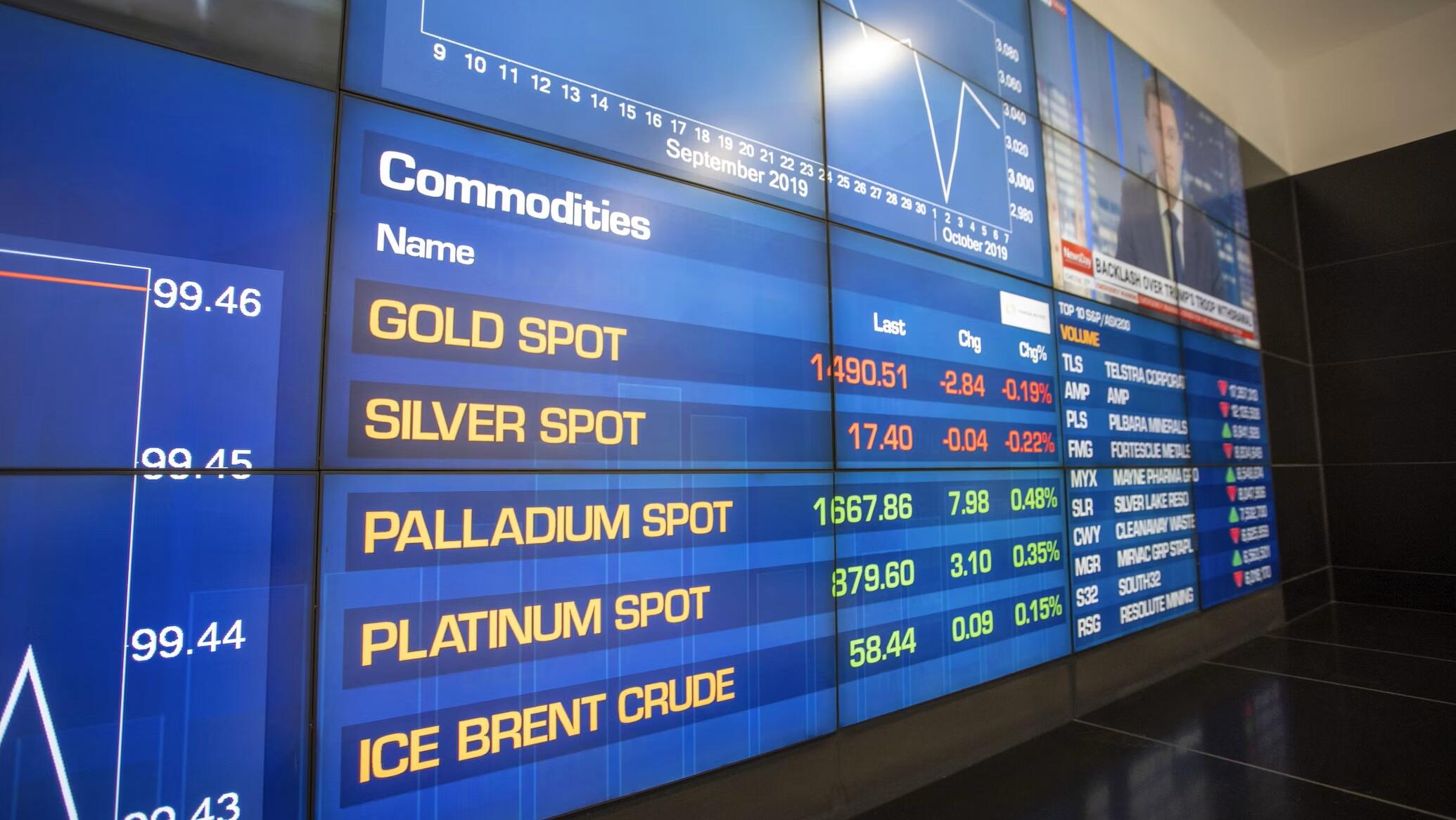The Australian sharemarket is expected to open lower on Friday after stocks closed in negative territory in New York overnight as data-starved investors awaited the start of the quarterly earnings reporting season.
The S&P/ASX 200 index should begin about 0.4% weaker with futures trading putting the December share price index contract 38 points under the previous settlement at 8,957, which would be enough to more than erase the gains from the Australian benchmark on Thursday.
United States equities ended lower on Thursday (Friday AEST), retreating from record highs, as investors mulled the impact of the extended government shutdown including an absence of economic data, and looked forward to third quarter reports next week.
The Dow Jones Industrial Average gave away 0.5%, the S&P 500 dropped fell 0.3% and the Nasdaq Composite lost 0.1%.
"The earnings cycle is upon us and there's a wait-and-see in terms of whether we’ll see the same level of consistency of earnings growth in the coming quarter that we've seen in the last two quarters," Keator Group Managing Partner Matthew Keator was quoted in a Reuters story as saying.
The Australian market had risen on Thursday, for the first time in four days, as gains in mining and consumer companies pushed the S&P/ASX 200 index up 0.3% to 8,969.8 points.
Burrell Stockbroking wealth adviser Adam Dight said that after a 23% rally in U.S. stocks over five months the market might dip 2% but this did not change its overall direction.
He said with the quarterly reporting season expected to be the best since 2019 Australian investors who had missed the rally may have to reconsider their bearish views on the exposure to U.S. stocks.
“For all of those people who are 90% long Australia and scared to go overseas because it looks too high, it's time for them to get a passport and go and see what's happening,” he said.
Today there will be interest in Reserve Bank of Australia Governor Michele Bullock and Assistant Governor (Financial Markets) Christopher Kent appearing before the Senate Economics Legislation Committee as the market considers the direction of Australian interest rates.
In fixed interest markets, the yield curve tilted down as yields on Australian Government bonds rose 0.11% to 3.534% over two years and fell 0.16% to 4.372% over 10 years.
